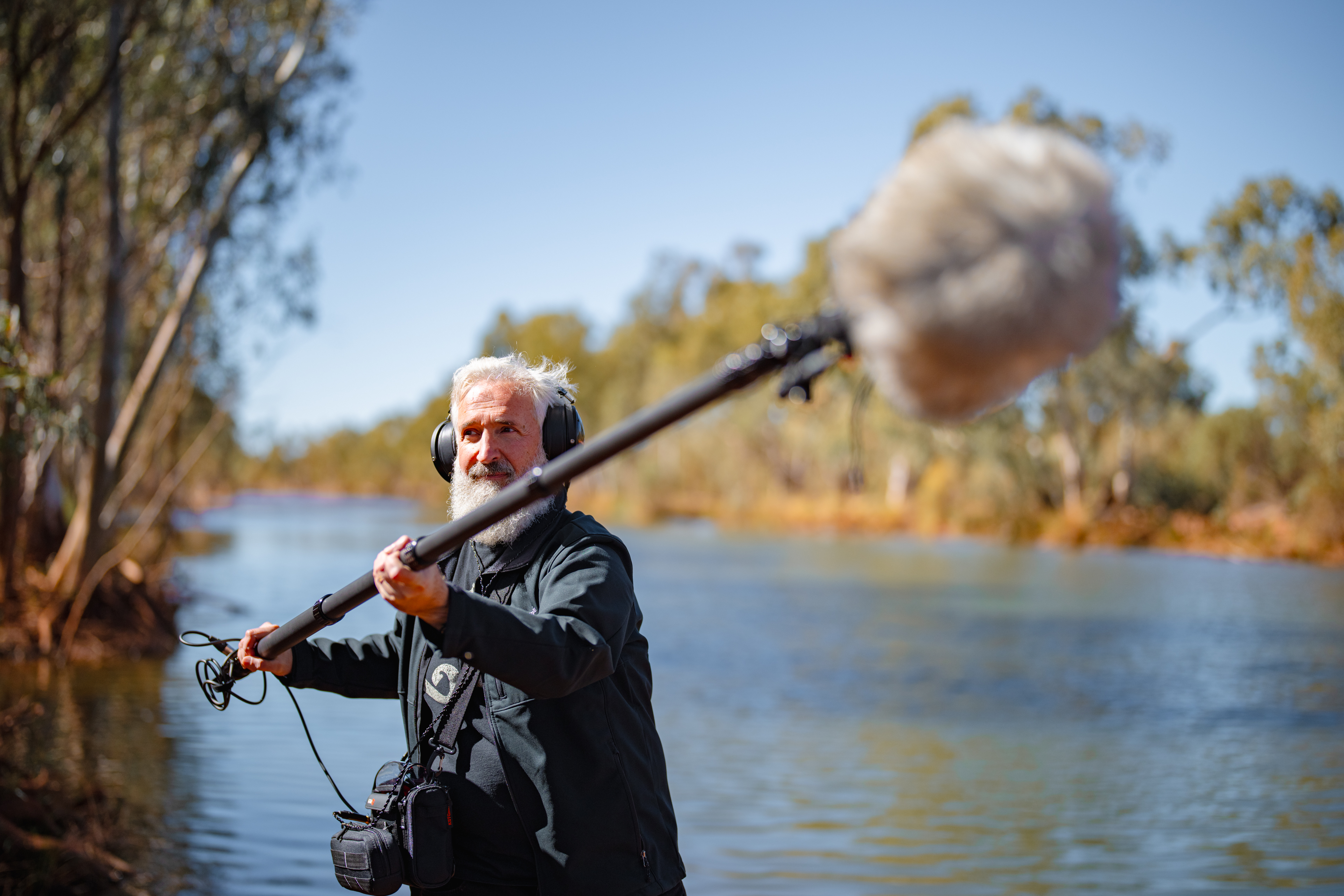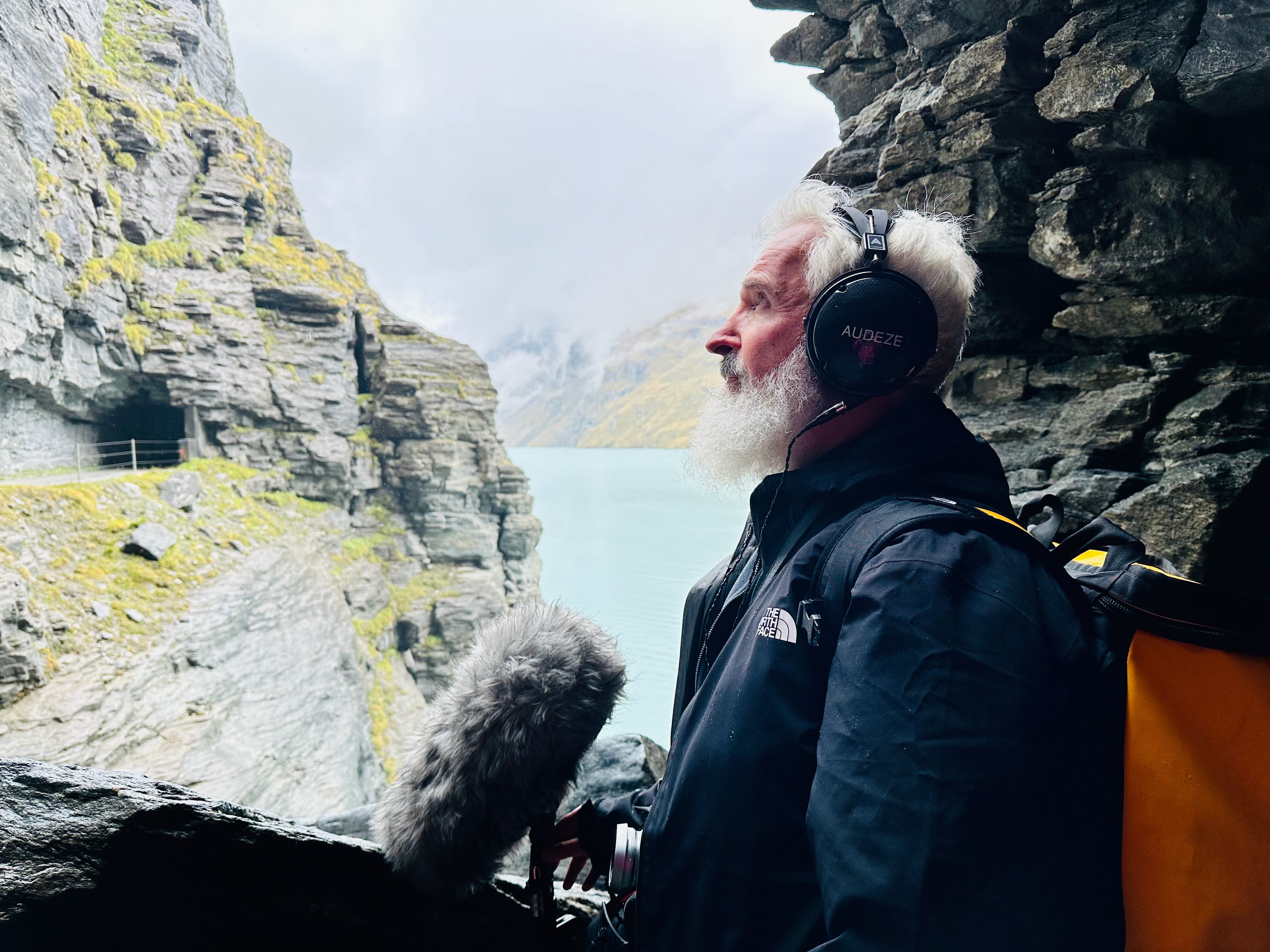Philip Samartzis

Philip Samartzis is a sound artist, researcher, and curator whose practice investigates the social and environmental conditions of remote regions and marginalised communities. Working across Antarctica and sub-Antarctica, the Swiss and Australian Alps, and the Kimberley and Pilbara regions of Western Australia, he uses advanced audio technologies to register environmental change in some of the world’s most fragile and dynamic ecosystems.
He has been awarded the Australian Antarctic Territory Fellowship three times and is currently leading a twenty-year longitudinal sound study of Antarctica, documenting the continent’s shifting sonic ecology. This research is contributing to a forthcoming coauthored book with Carolyn Philpott (UTAS) on Antarctic soundscapes, to appear in Cambridge University Press’s Elements in Arctic and Antarctic Studies series. In recognition of his contribution to environmental understanding through sound, Samartzis received the 2021 Australian Council of University Art and Design Schools Distinguished Research Award and was featured on a commemorative $2.20 postage stamp by Australia Post celebrating the Antarctic Arts Fellowship.
In 2019, he undertook a Swiss National Science Foundation Fellowship at the High Altitude Research Station Jungfraujoch, with outcomes featured in The New York Times and Deutsche Welle Radio. Recent projects include Concealed Spaces— supported by a Creative Australia International Engagement Grant—exploring Cold War architecture and subterranean soundscapes in Valais, Switzerland, in collaboration with the Verbier 3-D Foundation and the Valais School of Art. His current commission for the Anna Polke Foundation’s Athanor NOW initiative reimagines processes of transformation and material change central to Sigmar Polke’s practice, translating them into an acoustic investigation of the thresholds between art, science, and environment.
Combining art and research, Samartzis positions sound as a critical means of sensing and interpreting environmental and cultural change—offering new ways of knowing and listening to conditions at the edges of the world.

- Debris Field
- The Kiewa River Sound Map
- Bogong High Plains Sound Map
- Atmospheres and Disturbances
- Boleskine
- Polar Force
- A Surrender to Wind in 9 Parts
- Unclear Cloud
- Notes from the field
- Polar Convergence
- Floe
- Antarctique, Une Présence Absente
- The Manifesto of Rural Futurism
- A Futurist's Cookbook
- Super Field
Projects:
- Atmospheres and Disturbances
Sounds: